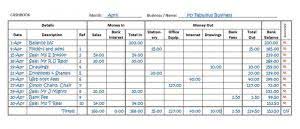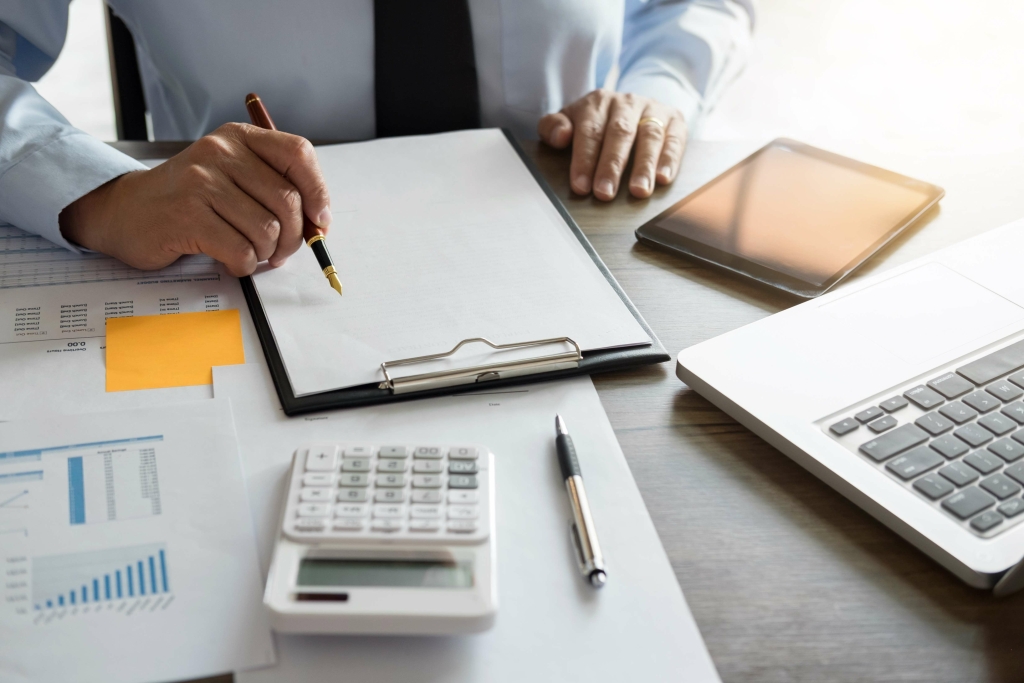
The DDB method accelerates depreciation, allowing businesses to write off the cost of an asset more quickly in the early years, which can be incredibly beneficial for tax purposes and financial planning. If you’re brand new to the concept, open another tab and check out our complete guide to depreciation. Then come back here—you’ll have the background knowledge you need to learn about double declining balance. An asset for a business cost $1,750,000, will have a life of 10 years and the salvage value at the end of 10 years will be $10,000.
Step 4: Compute Final Year Depreciation Expense
All methods of depreciation can affect a business’s tax picture and taxes owed. Referring to Example 1, calculate the depreciation of the asset for the second year of its life. We should have an Ending Net Book Value equal to the Salvage Value of $2,000. With other assets, we may find we would be taking more depreciation than we should.
Building Better Businesses
That’s why depreciation expense is lower in the later years because of the fixed asset’s decreased efficiency and high maintenance cost. The current year depreciation is the portion of a fixed asset’s cost that we deduct against double declining balance method current year profit and loss. The accounting concept behind depreciation is that an asset produces revenue over an estimated number of years; therefore, the cost of the asset should be deducted over those same estimated years.

Double Declining Balance Depreciation: Formula & Calculation

Once the asset is valued on the company’s books at its salvage value, it is considered fully depreciated and cannot be depreciated any further. However, if the company later goes on to sell that asset for more than its value on the https://www.bookstime.com/ company’s books, it must pay taxes on the difference as a capital gain. Double declining balance depreciation isn’t a tongue twister invented by bored IRS employees—it’s a smart way to save money up front on business expenses.

How to calculate depreciation using the double declining method
The double declining balance depreciation method is a form of accelerated depreciation that doubles the regular depreciation approach. It is frequently used to depreciate fixed assets more heavily in the early years, which allows the company to defer income taxes to later years. Depreciation expense, on the other hand, is recorded on the company’s income statement.

Step 2: Compute Current Year Depreciation Expense
- Its sale could portray a misleading picture of the company’s underlying health if the asset is still valuable.
- It’s a good way to see the formula in action—and understand what kind of impact double declining depreciation might have on your finances.
- Proponents of this method argue that fixed assets have optimum functionality when they are brand new and a higher depreciation charge makes sense to match the fixed assets’ efficiency.
- It allows users to extract and ingest data automatically, and use formulas on the data to process and transform it.